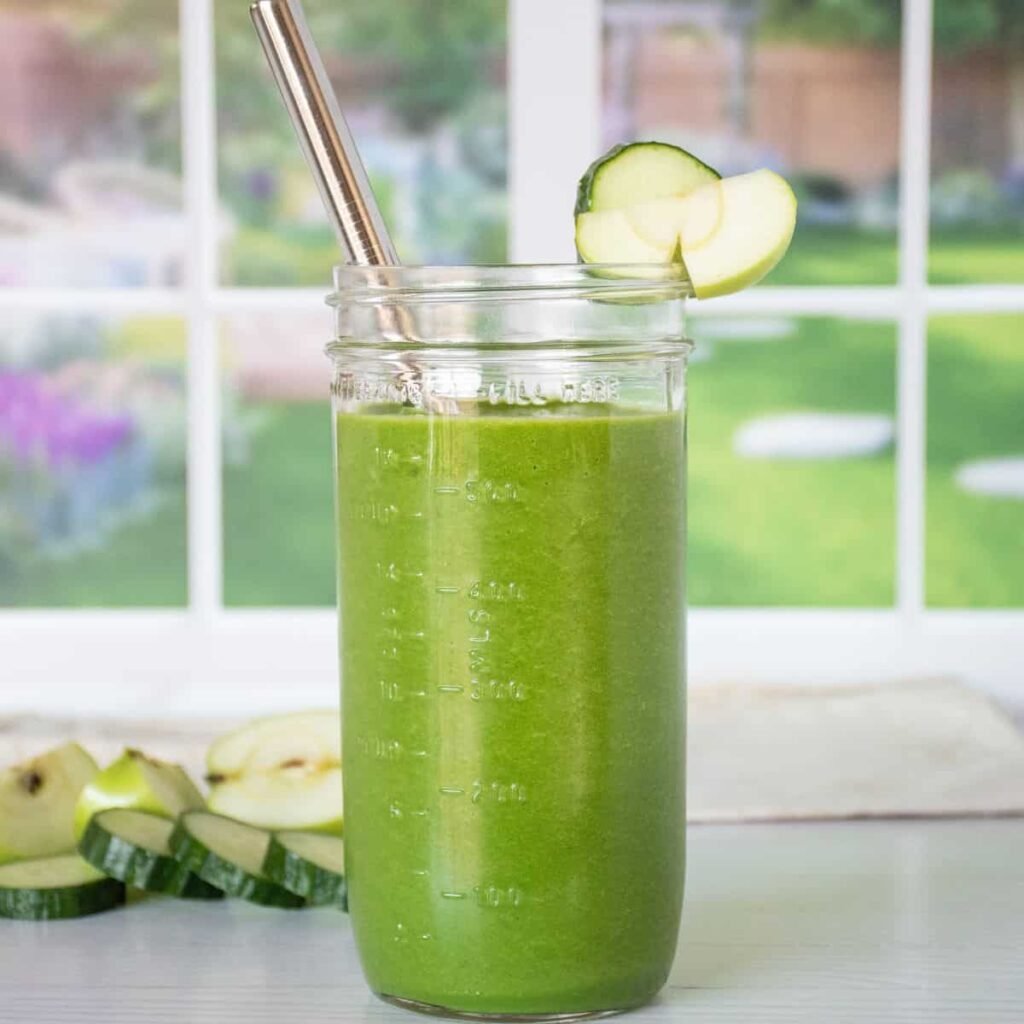Nutrition
Kaklo

• Kaklo
Kaklo is a popular local snack with a spicy taste that can be enjoyed especially for lunch. Kaklo means ‘fried’ in our Ghanaian Language.
Ingredients for Kaklo
• 3 overripe plantains
• 1 cup of flour
• 1 small onion
• 1 teaspoonful of powdered pepper
• 1 tablespoonful of grounded ginger
• Vegetable oil
Kaklo
-Peel plantains and cut them into a bowl.
-Blend the plantain with a blender or use an earthenware bowl and mortar or any means you are comfortable with to crush the plantain.
-Add onion, ginger, salt and powdered pepper and mix till it mixes well.
-Add flour to the mixture.
-Heat oil and use a spoon or ladle to scoop desired amounts of the mixture into the heated oil.
-Fry and turn over till it is well fried and golden brown.
-Remove them from oil and drain excess oil.
-.Serve unto a plate or tray lined with kitchen tissue paper.
Source: myrecipejoint.com
Nutrition
Palm nut soup

Palm nut soup is a Ghanaian dish that can be served with so many foods. It has a rich base of palm nuts combined with tomatoes and various vegetables that makes it very nutritious.
Preparation
Ingredients
– 1 kilogramme of palm nut
– Half kilogramme of beef
-One kilogramme of goat meat
-Three large salmon
-One full tuna
– A handful of turkey berries
-Two large onions
-4 large tomatoes
-3 large garden eggs
– One tin of mackerel
-Ten large peppers
– One large ginger
-2 cloves of garlic
– Four fingers of okro
– Salt to taste
Instructions
-Wash, cook palm nut, turkey berries, and pepper and add salt to it.
-Grind palm nut, turkey berries and pepper with mortar and pestle or mini food processor.
-Wash goat meat, beef, Tuna, salt and put on fire.
– Blend onion, garlic, ginger and tomatoes and pour on the goat meat.
– Add smoked tuna and salmon and okro to the soup.
-Use a spoon or ladle to skim off the surface oil.
-Garnish the soup with the okro or garden eggs as desired.
-Serve with fufu, banku or Omo tuo.
Nutrition
Cucumber and apple smoothie

Ingredients
-Two medium sized cucumber
-Three apples
-Four tablespoonful of honey
-Crushed ice
-Two cups of yoghurt
-One tablespoonful of blended ginger
– One tablespoonful of celery and mint
Preparation

-Wash and slice cucumber, apple into smaller sizes
-Blend until it is smooth
-Add honey and a little water to it
-Add crushed ice and yoghurt
-Blend it till you achieve your desired texture
– Then serve







